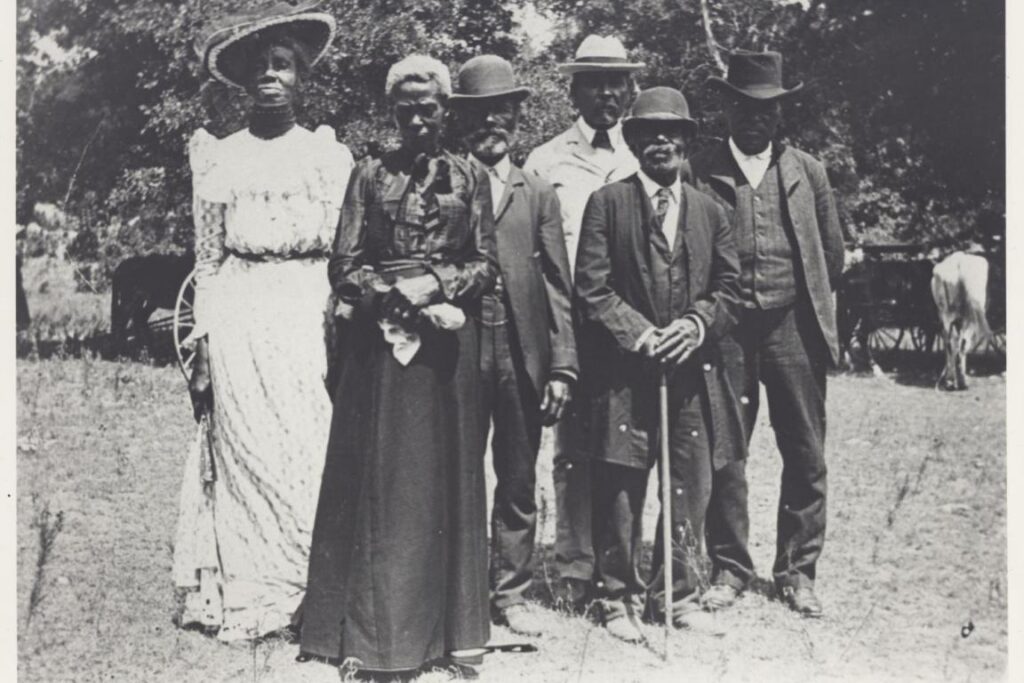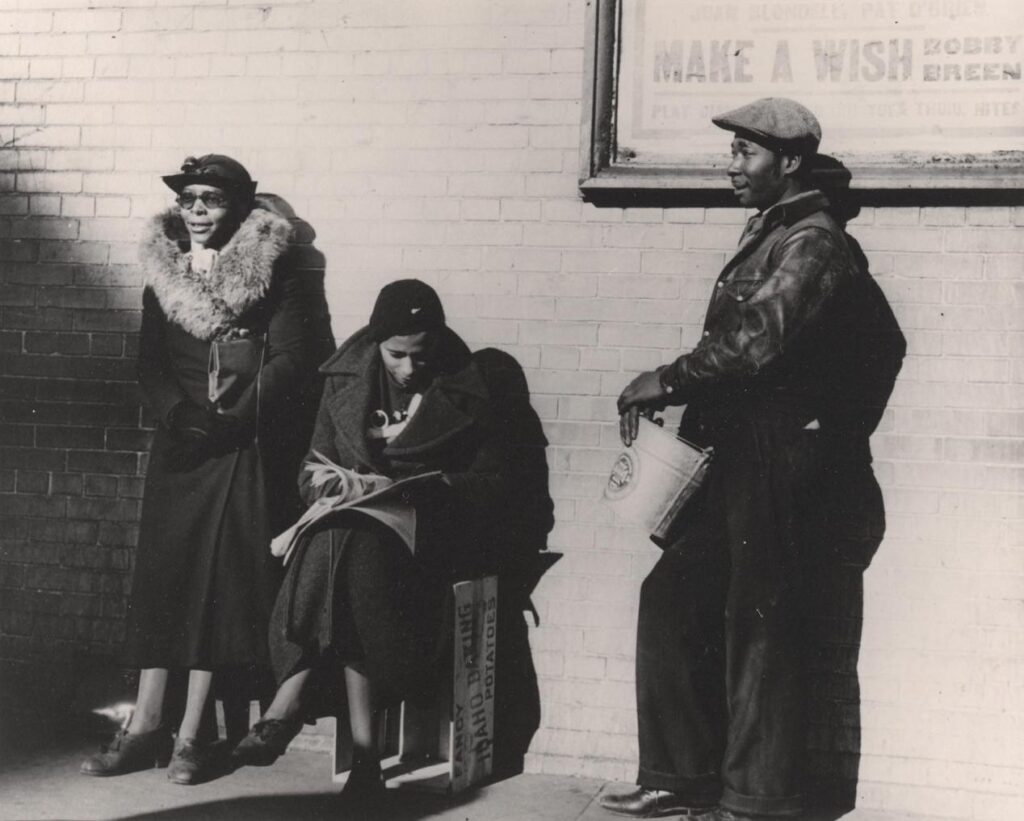What is Juneteenth?

What is Juneteenth?
Trademarking Juneteenth?

The company that held an active trademark application for Juneteenth is actually Balchem Corp., which: “develops, manufactures, and markets specialty performance ingredients and products for the nutritional, food, pharmaceutical, animal health, medical device sterilization, plant nutrition, and industrial markets in the United States and internationally.” Apparently, Balchem created key ingredients for and were the co-producers of the now-infamous Walmart “Juneteenth” ice cream. After a wave of backlash on the internet, the ice cream was reportedly removed from Walmart’s shelves and the company issued an apology.
Source: Choice360.org
Who’s the Grandmother of Juneteenth?
Slavery v. Peonage

The Bronx Slave Trade:
The following excerpt is courtesy of Marvel Cooke, fascinating series of reports and first person accounts of the markets in New York City where unemployed African-American women would be hired by white housewives to perform domestic tasks at extremely low wages (peonage).
Who is Marvel Cooke?
Marvel Cooke, a seasoned African American labor activist and member of the Communist Party, wrote this set of investigative reports for the New York-based radical newspaper The Daily Compass in January 1950. For Cooke, it was a return to a familiar setting: she and Ella Baker, the famous civil rights leader, had co-written a groundbreaking exposé on an earlier iteration of the Bronx Slave Market in 1935 for the NAACP’s journal, The Crisis.
In her personal experience as part of the “paper bag brigade,” Cooke details the the grueling nature of the work and the overt racism often encountered, as well as how the informal wage agreement made procuring daily necessities ‒ transportation, food, etc. ‒ a strenuous task. She ends by emphasizing unionization and struggle as the principal means for abolishing these markets once and for all. Even though the Woolworth’s on E 170th St in the Bronx has long been shuttered, Cooke’s reports remain essential material as we continue to think through the connections between migration, racialization, and domestic labor today.
“I Was Part of the Bronx Slave Market”
The Daily Compass, January 8th, 1950, pages 1, 15.
I was a slave.
I was part of the “paper bag brigade,” waiting patiently in front of Woolworth’s on 170th St., between Jerome and Walton Aves., for someone to “buy” me for an hour or two, or, if I were lucky, for a day.
That is the Bronx Slave Market, where Negro women wait, in rain or shine, in bitter cold or under broiling sun, to be hired by local housewives looking for bargains in human labor. It has its counterparts in Brighton Beach, Brownsville and other areas of the city.
Born in the last depression, the Slave Markets are products of poverty and desperation. They grow as employment falls. Today they are growing.
They arose after the 1939 crash when thousands of Negro women, who before then had a “corner” on household jobs because they were discriminated against in other employment, found themselves among the army of the unemployed. Either the employer was forced to do her own household chores or she fired the Negro worker to make way for a white worker who had been let out of less menial employment.
Source: Libcom.org
What is Peonage?
What is Peonage?
Peonage, also called debt slavery or debt servitude, is a system where an employer compels a worker to pay off a debt with work. Legally, peonage was outlawed by Congress in 1867. However, after Reconstruction, many Southern black men were swept into peonage though different methods, and the system was not completely eradicated until the 1940s.
Source : pbs.org/
What is PowerNomics?
Black America’s Working Class

The following excerpt is courtesy of Heard on Fresh Air by Tonya Mosley:
Over the last few years, University of North Carolina professor Blair Kelley would often bristle when she heard the way TV commentators used the term white working class. She felt the news media was obscuring the existence of one of America’s vital work forces. From slavery to the formation of labor unions as we know them, it is the Black working class, Kelley writes in her new book, that is also at the center of the American story. “Black Folk: The Roots Of The Black Working Class” gives a portrait of the laundresses, Pullman porters, domestic maids and postal workers who contributed to the wealth and prosperity of this country, playing major roles in organizing for better jobs, better pay and equal rights.
Source: npr.org/2023